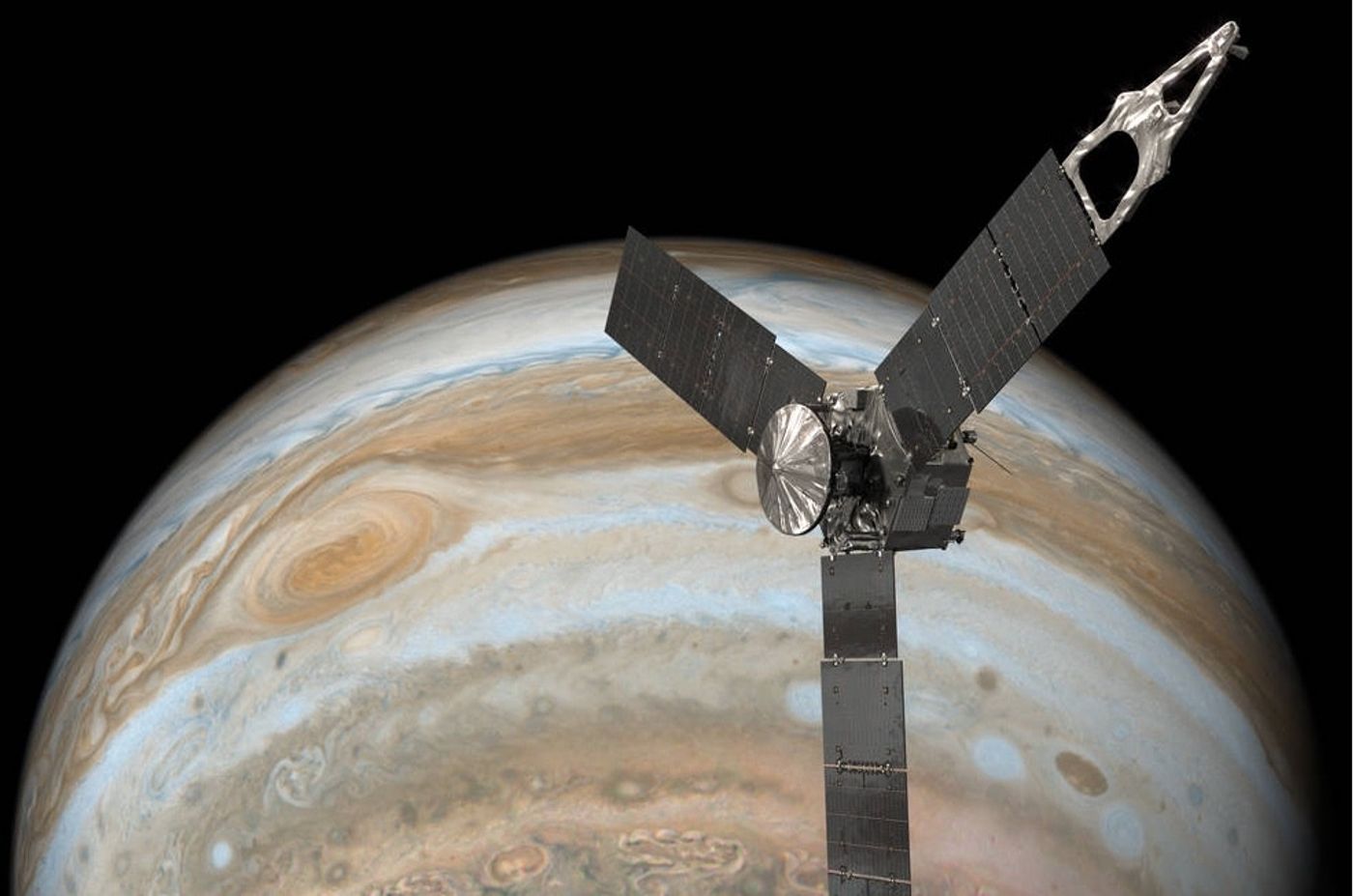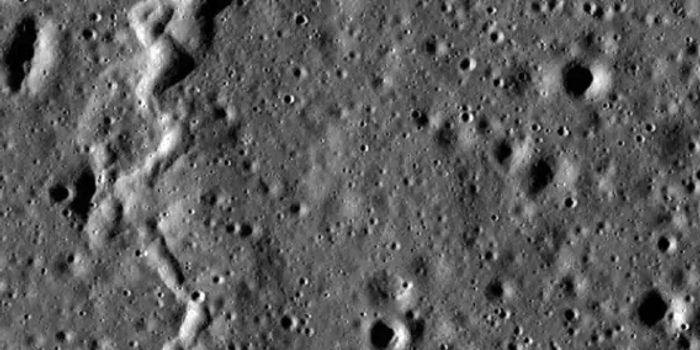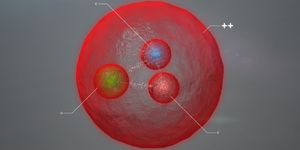Juno Successfully Flew Over Jupiter's Great Red Spot
NASA’s Juno probe arrived at Jupiter and performed orbital insertion on Independence Day in 2016 after a five-year journey from Earth. Shortly after orbital insertion, planetary observation commenced, and it continues to study the massive planet’s properties today.
Juno is helping NASA learn more about Jupiter’s magnetic field, atmospheric composition & pressure, and more. Equipped with JunoCam, the probe has sent back countless high-detail images that peer into Jupiter’s chaotic clouds.
Despite some initial issues with its onboard computer system and a few sticky engine valves, NASA improvised by keeping Juno in its current orbit. This makes collecting data a little slower than initially anticipated, but it still works for all the scientific observations that are planned.
Image Credit: NASA/JPL-Caltech
On Monday, June 10th, Juno came within viewing distance of the Great Red Spot, a massive storm that some researchers think has existed for centuries. NASA seized the opportunity to capture high-detail images of the Great Red Spot with JunoCam, which are expected to surface “in the coming days.”
Flyby over Jupiter’s #GreatRedSpot: Complete! Images & science from this @NASAJuno pass expected in the coming days! https://t.co/EYkafIJRH8 pic.twitter.com/xKXYffRFZ7
— NASA (@NASA) July 11, 2017
"For generations people from all over the world and all walks of life have marveled over the Great Red Spot," said Scott Bolton, principal investigator of Juno from the Southwest Research Institute in San Antonio. "Now we are finally going to see what this storm looks like up close and personal."
Related: Is Jupiter's atmosphere heated up by the Great Red Spot?
Juno came within 5,600 miles of the cloud tops just above the Great Red Spot, which provided a bird’s-eye view of everything there is to see. While there, Juno’s instruments went on full alert, ready to capture raw data for astronomers to analyze.
While many compare the Great Red Spot to a hurricane on Earth, its properties are actually very different. It rotates more quickly, it’s significantly larger, and has lasted longer without a water source than any Earthly hurricane. NASA says that this big storm is 1.3x the width of the Earth, spanning over 10,000 miles.
It will be a waiting game until the images are processed, received, and released to the public. From the sound of things, it shouldn’t be long now before we get our first glimpse. These will be some of the most detailed images anyone has ever seen of the Great Red Spot to date, so we're just as excited as the rest of the world to see what Juno captured.
Source: NASA









